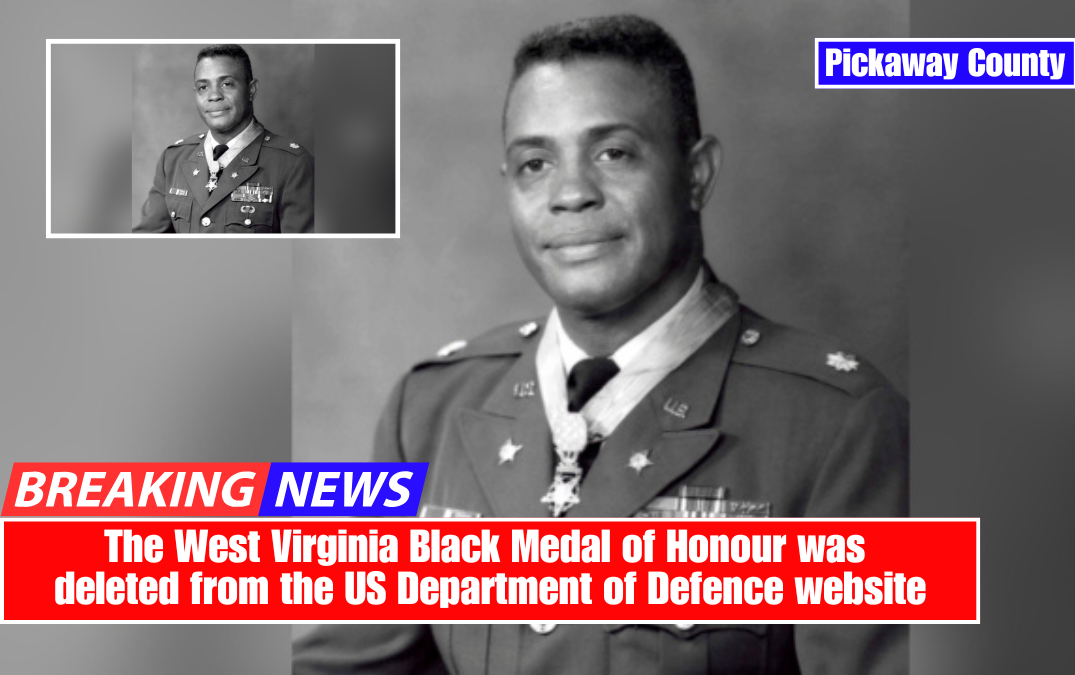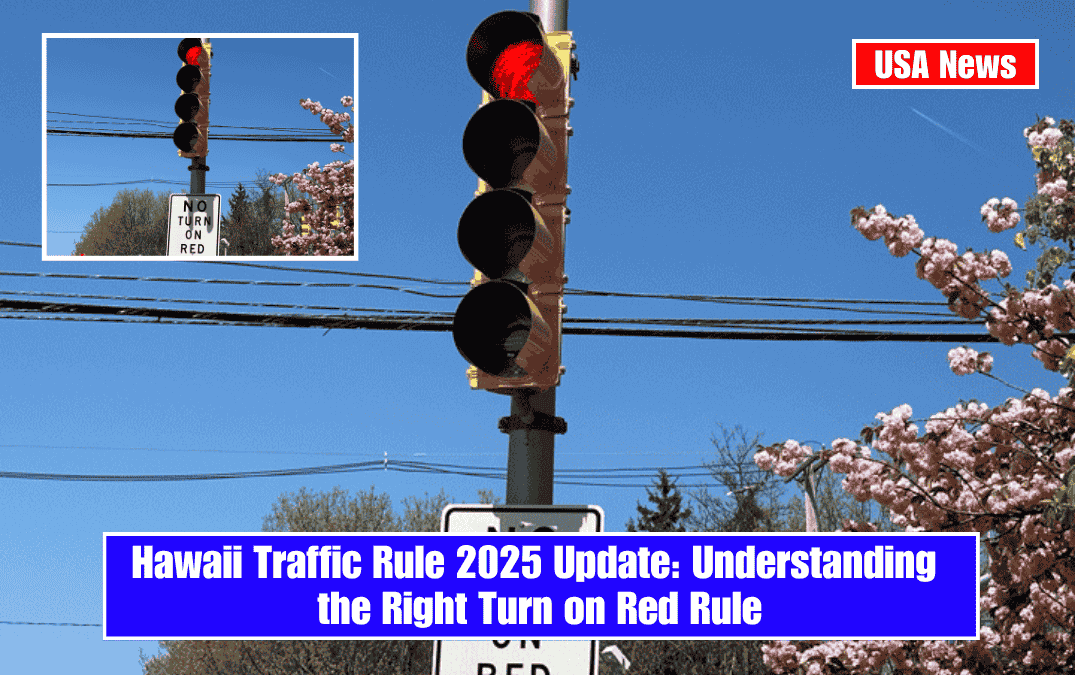The Pentagon said Monday that internet pages honouring a Black Medal of Honour winner and Japanese American service members were mistakenly removed, but it defended its overall campaign to remove content that highlighted the contributions of women and minority groups.
Last week, the Defence Department removed a webpage honouring Black Medal of Honour recipient Army Maj. Gen. Charles Calvin Rogers. According to an Internet Archive screenshot from March 15, the department temporarily changed the web address to include “deimedal-of-honor,” resulting in a “404 – Page not found” message.
A US official stated that the website was accidentally taken down during an automated removal process.
But this isn’t the only one. Thousands of pages honouring women’s and minority groups’ contributions have been removed in an effort to eliminate material promoting diversity, equity, and inclusion, a move defended by Pentagon spokesman Sean Parnell at a briefing Monday.
“I think the president and the secretary have been very clear on this — that anybody that says in the Department of Defence that diversity is our strength is, is frankly, incorrect,” Parnell told reporters. “Our strength comes from our shared purpose and unity. As the leader of a combat platoon in Afghanistan, I can attest to its diversity.
However, it is not resonating with veterans or communities that honour those groups, raising concerns about whether the administration’s focus on removing images that highlight the contributions of women, minorities, and LGBTQ people will ultimately backfire and harm recruiting.
Defence Secretary Pete Hegseth and President Donald Trump have already removed Navy Adm. Lisa Franchetti, the Joint Chiefs of Staff’s only female four-star officer, and its Black Chairman, Gen. CQ Brown Jr.
“The full throttled attack on Black leadership, dismantling of civil rights protections, imposition of unjust anti-DEI regulations, and unprecedented historical erasure across the Department of Defence is a clear sign of a new Jim Crow being propagated by our Commander in Chief,” said Richard Brookshire, co-CEO of the Black Veterans Project, a nonprofit advocating for the elimination of racial inequities among uniformed service members.
Rogers, a native of Fire Creek, West Virginia, received the Medal of Honour in 1970 from then-President Richard Nixon, making him the highest-ranking Black service member to receive the nation’s highest military honour.
He was wounded three times while serving in Vietnam. Rogers enlisted in the United States Army in 1951, six months before racial desegregation occurred.
He was outspoken throughout his life about the discrimination that Black service members face. In a 1975 interview with the Daily Press in Newport News, Virginia, Rogers described how difficult it was for them to advance to leadership positions and stated that the fight for equal treatment in the military had not ended. “We still have and will have what the Department of Defence describes as institutional racism,” he informed us.
The Guardian was the first to report on Rogers’ web page removal. It went back online Monday night.
The West Virginia Democratic Party criticised the decision.
“I’m confused as to why every time there has been mere discussions to remove the statue of a Confederate traitor who fought against the United States to preserve slavery, there is an absolute battle cry of preserving ‘history’ veiled in veteran support but yet there isn’t a single word said when West Virginia heroes like Charles Rogers are erased from our history,” said Sean Hornbuckle, minority leader of the House of Representatives.
“This is beyond hypocrisy and disrespect to West Virginia, and for obvious reasons but unfortunately I’m not surprised.”
Another page was removed, which featured the World War II Japanese-American 442nd Regimental Combat Team, according to US Army spokesperson Christopher Surridge on Monday.
According to the Army, the unit’s 4,000 men were primarily American-born children of Japanese immigrants, known as Nisei soldiers. Their losses were so severe that the entire unit had to be replaced nearly 3.5 times, according to the Army.
In all, approximately 14,000 men served, earning 9,486 Purple Hearts, 21 Medals of Honour, and an unprecedented eight Presidential Unit Citations.
However, their story was removed “in accordance with a Presidential Executive Order and guidance from the Secretary of Defence” when the service took down a website celebrating Asian American and Pacific Islander heritage.
“The Army is tirelessly working through content on that site and articles related to the 442nd Infantry Regiment and Nisei Soldiers will be republished to better align with current guidance,” Surridge said in an announcement. “The Army remains committed to sharing the stories of our Soldiers, their units, and their sacrifice.”
Despite prejudice following Japan’s attack on Pearl Harbour, the mostly Japanese American segregated unit received numerous awards.
Following the removal of the 442nd page, which was reported by the Honolulu Advertiser and other media outlets, the US Army’s website prominently displayed a page with a “spotlight” label on Monday, featuring the unit’s history.
Following Japan’s December 7, 1941, attack on Pearl Harbour, Japanese Americans were viewed with suspicion and were initially barred from enlisting in the military.
Approximately 110,000 people were sent to internment camps. In 2011, Congress awarded its highest civilian honour, the Congressional Gold Medal, to 442nd members and other Japanese American WWII veterans.
The erasure of the 442nd content also sparked congressional outrage. In a letter requesting that the pages be restored, Democrat Hawaii Rep. Ed Case stated that “it is clear that the Army is intentionally removing these websites based solely on race, without any consideration of or respect for historical context.”
The Japanese American Citizens League also criticised the decision, describing it as “an attempt to erase the legacy of thousands of soldiers who gave everything for a country that doubted them.”
Bill Wright, whose father was a 442nd officer, said the page’s removal is just one example of what is happening on Department of Defence websites that reflects current politics. “We don’t have any control over that except at the ballot box,” he said, adding that it won’t stop him and others from educating people about the organisation.
Mark Matsunaga, a former Honolulu journalist whose Japanese American father and uncles served in WWII, said he was glad to see the 442nd’s webpage restored, but that “one act doesn’t solve the larger problem.”
“They’re still eliminating all kinds of content — photos, articles, social media posts — that all help Americans to understand how diverse their military is,” he told CNN. “Clearly this is part of an attempt to whitewash history.”















